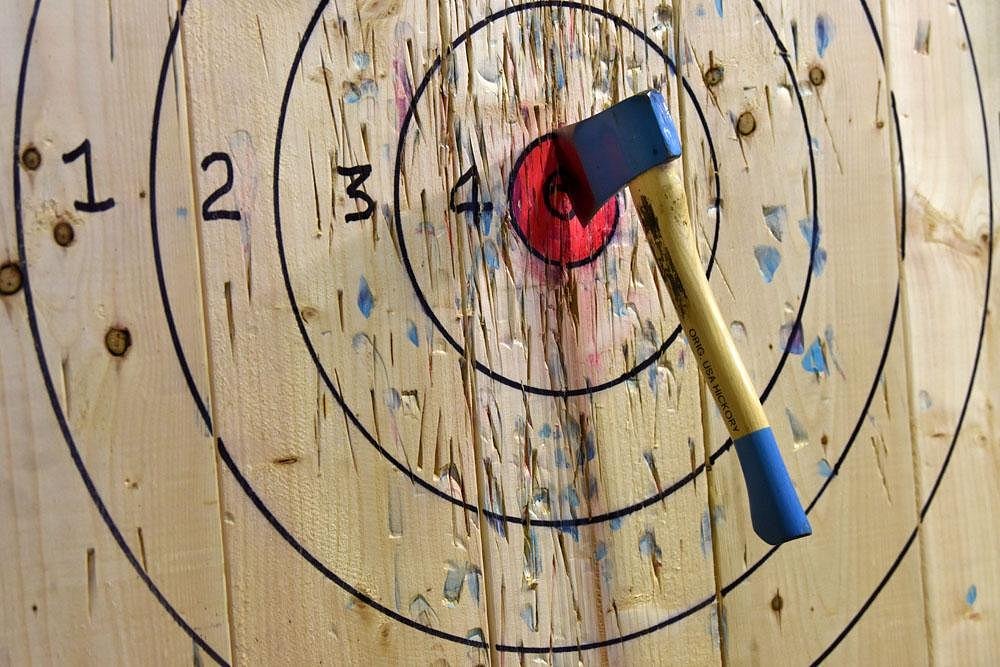The global Smart Crowd-Density Drone Market is witnessing significant momentum due to increasing public safety demands, urban surveillance upgrades, and the integration of AI-powered analytics in crowd management. These cutting-edge drones are revolutionizing how authorities monitor and manage dense populations in real time, offering faster response and improved safety measures across sectors like law enforcement, event management, disaster response, and urban planning.
The Smart Crowd-Density Drone Market is expanding at a remarkable pace, driven by the growing importance of real-time crowd monitoring amid rising urbanization and frequent mass gatherings. Drones equipped with crowd-density sensors and AI-based vision technology are now pivotal tools in ensuring safety and crowd control during major public events.
Request a Sample Report: https://growthmarketreports.com/request-sample/8184
AI-Driven Innovations Fuel Market Expansion
One of the key drivers propelling the market is the integration of artificial intelligence and machine learning algorithms. These technologies allow drones to process complex data sets and identify crowd patterns, movement behaviors, and risk-prone zones autonomously. The demand for such capabilities is growing in metropolitan cities where managing large-scale events or emergencies without human intervention becomes crucial.
Government agencies and private security firms are investing heavily in these drones to enhance real-time situational awareness. Moreover, smart drones are now being integrated with thermal sensors, facial recognition, and GPS systems to offer comprehensive monitoring solutions, further expanding the use-case scenarios.
View Full Report: https://growthmarketreports.com/report/smart-crowd-density-drone-market
Market Trends Shaping the Future of Crowd Monitoring
Technological advancements are creating new growth avenues for manufacturers and developers in this domain. With the rise of 5G connectivity, real-time video transmission from drones has become seamless, allowing operators to monitor situations from remote command centers. Additionally, miniaturized hardware and powerful processing capabilities are making smart drones more accessible and affordable, especially for municipal and emergency services.
Simultaneously, rising concerns about terrorism, stampedes, and large-scale protests are making smart crowd-density drones a necessity rather than a luxury. Authorities now see drones as integral tools in their surveillance ecosystem, complementing CCTV and ground patrol efforts with dynamic aerial coverage.
Check Out the Report: https://growthmarketreports.com/checkout/8184
Regional Insights: North America Leads, Asia-Pacific Emerges
North America dominates the market due to its strong defense infrastructure, growing demand for public safety tools, and early adoption of drone technologies. The U.S. government, in particular, is investing heavily in UAVs for crowd monitoring during sports events, political rallies, and disaster relief operations.
Meanwhile, the Asia-Pacific region is expected to register the highest growth rate during the forecast period. Countries like China, India, Japan, and South Korea are experiencing increasing urbanization and rising government investments in smart city initiatives. These developments are likely to stimulate the adoption of smart drones for traffic management, festival control, and emergency surveillance.
Key Industry Challenges and Restraints
Despite its rapid growth, the Smart Crowd-Density Drone Market faces several challenges. Regulatory frameworks across regions remain inconsistent, limiting large-scale drone deployment in public spaces. Privacy concerns among citizens and debates around data protection are also pressing issues for drone operators and policy-makers.
Battery life and payload capacity continue to be technical hurdles for drone manufacturers. While many modern drones can fly for up to 30 minutes, extended monitoring missions require longer operational capabilities and swappable battery mechanisms, pushing developers toward continuous innovation.
Competitive Landscape and Strategic Collaborations
The competitive landscape of this market is evolving rapidly, with key players focusing on R&D, product differentiation, and strategic partnerships. Companies such as DJI, Parrot, Skydio, and AeroVironment are investing in AI-enhanced vision systems, durable designs, and multi-drone fleet coordination features.
Many firms are collaborating with public safety organizations and smart city developers to tailor drone systems to specific crowd-monitoring applications. Joint ventures and public-private partnerships are gaining traction, ensuring efficient deployment and faster market penetration.
Opportunities Ahead: From Events to Emergency Response
The market holds vast potential in areas beyond event security. Emergency response teams are adopting drones to monitor evacuation routes, assess affected zones, and guide medical teams through congested or hazardous areas. Similarly, transportation departments are employing these drones to monitor traffic patterns and detect congestion during peak hours.
Retail and commercial spaces are also exploring drone applications for managing crowd flow, especially in high-footfall zones like malls, airports, and stadiums. As machine learning capabilities evolve, drones could soon predict crowd behavior and alert authorities before a situation escalates.
Conclusion: A Future-Oriented Market with High Strategic Value
As cities grow denser and security threats more complex, the need for reliable, fast, and intelligent crowd-monitoring systems becomes imperative. The Smart Crowd-Density Drone Market is strategically positioned to meet this demand, offering scalable solutions that blend advanced technology with operational flexibility.
With ongoing innovation, rising government support, and expanding urban applications, this market is expected to witness exponential growth over the next decade. Stakeholders investing now stand to gain a competitive advantage in one of the most dynamic sectors of drone technology.






